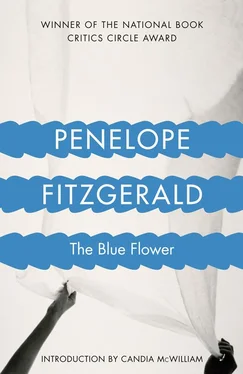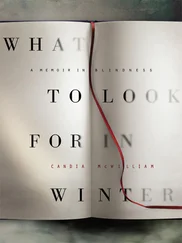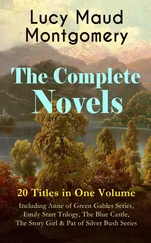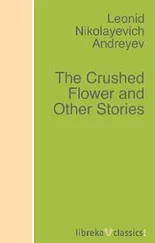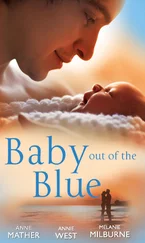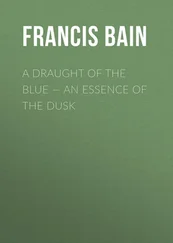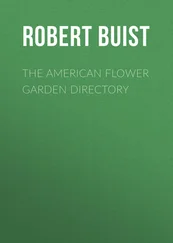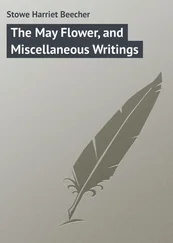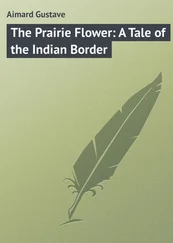Trying to assemble information for her projected life of L. P. Hartley, Penelope Fitzgerald interviewed Princess Clary, who said, ‘My dear, how can you write the life of a writer? If he had entered into politics, if he had commanded an army in warfare, but what life can a writer have?’
A chance visit, paid in the company of Just, to a family as large as his own but more prone to laughter, changed Fritz von Hardenberg’s life.
He fell in love with Sophie von Kuhn when she was twelve. We first see her, an ordinary enough girl, standing at a window wishing for something to happen, be it only a fall of snow.
We are given Sophie in full: she is impious, ordinary-looking, greedy, fond of fart and sex jokes. She has nice hair and dark eyes – like those of Raphael in the self-portrait he made at twenty-five. We never doubt her lover’s transforming serious love of and for her. We too come to see and to care, in the irrational incremental way of love. This short book induces in its reader many forms of the topple into love: with big families, with children, with ‘the one’, ‘the other’, with an idea, with thought, with nature.
The blue flower, signifying that elusive thing which can connect the individual self to an understanding of greater external existence, finds its equivalent in the novel which itself is a concrete rendering of the abstraction it contemplates. The Blue Flower constitutes for its reader a blue flower. Hardenberg came to call Sophie his Philosophy. This, to a novelist of such metaphysical mind, must have been a folding together of concept and embodiment impossible to resist.
‘As a hopelessly addicted writer of short books I have to try to see to it that every confrontation and every dialogue has some reference to what I hope will be understood as the heart of the novel,’ Penelope Fitzgerald writes, three years before her death. She is pinning the numberless stars in their places with each word written, and calling them each by their names. She is very clear here about why, but how does she see so feelingly – and set it down?
Penelope Fitzgerald was in the provident habit of unravelling and reknitting garments for her family (‘I have unpicked the famous red gloves and am knitting them up again for you!’ she writes to her daughter Maria in 1972). That curative use of ‘up’ is surely Shakespearean. And this ‘knitting up’ is what she does with her areas of preoccupation (it’s too simple to call it research) and her novels.
She embodies and suggests, giving a life to the physical such that it radiates metaphysically. Stars, in all their forms, are here, from dust (Novalis’s first book was Blutenstaub , that is Pollen , a rich dust) to light, through the stellar forms of snowflakes and the squarer salt crystals arriving under sunlight in low pans with the stealth of frost-flowers, the ‘sparkling chatter of the harpsichord’. Here is, also, the violent entropic subtraction of death in youth, leaving a burnt place behind in the creation – a bright star gone – the graphic bursting bark of a human cough never far away as the white death of consumption awaits within. Sentences capturing, describing, transmuting, extinguishing or measuring light (with cypress shadows) are equalled in number by those that describe darkness or concealment, either social or, dreadfully, anatomical, the dark of the body where tumours assemble themselves and the blood waits to declare itself on linen. This light into darkness, dark into light is a faithful mirroring by the novelist.
It is not fantastical or worked up, not ‘heightened’ at all, although a German for ‘imagination’ is Fantasie . In dealing with such matters it is hard to avoid a kind of tense, high, exalted note used by prose-technicians who may wish to ramp up mood or emotion. But in this novel, the increments by which we are led in these new lives through their autumn and ‘forewinter’ and tipped into a deep grief show a novelist and a character devoid of kitsch. She plucks life of its feathery detail, as with the geese at Tennstedt, stripped of their down alive twice before slaughter.
As Penelope Fitzgerald writes in Charlotte Mew and her Friends , ‘Terminal illness is a great simplifier of daily life, everything being reduced to the same point of hope against hope.’ That sense of intensified life we swear after disaster that we will cleave to, Fitzgerald manages to keep alive yet sweetly unhectic in her writing.
The very structure of the book is constellated. Each short chapter of the fifty-five works with what has been and what will be so that we see the unavoidability of what supervenes for each character, as we see stars where once they were; stars might be said to be, as we observe them, fictions. Because we understand more than we know ourselves to, on account of the work the author has done to hold us in perfect trust, we feel an accretive ache as each character moves towards her or his fate; suddenly we have ‘known all along’. When we reread, the urge to hold it back, as in life, beats stark. We are given to ‘know’ subconsciously what we cannot know with our whole mind because the novelist has fully imagined each person who arrives; each carries his fate, as we each do, within our own allotted time.
That these are people who have lived, who are not ‘made up’, is of less rather than more help to a novelist unless she be one of deep imagination and assimilated learning. Bones ground to make novelistic bread often stick in the reader’s craw. It is one of the objections dearly held by those who hold ‘historical novels’ in contempt. Some fun is had in this novel at the expense of those unimaginative self-designated realists who think that artists are tricksy prestidigitators.
Certain conditions prevail in The Blue Flower. Time is short. You may be betrothed at twice seven, worn out by nursing and marriage at three times seven, off the market at twenty-eight. Men, too, have a tight span in which to be and to act. New babies are born annually to married women; some, in the way of it, die. Pregnant women who are unmarried may visit the ‘Angel-Maker’ to resolve things. Angels offer annoyance or solace in fraternal or in spirit form. Fritz sees one such spirit and sometimes wishes he saw rather less of another angel more robust and accident-prone; he will get his undesired wish. As he has occasion later to say, ‘If a story begins with finding, it must end with searching.’
Children speak no pappy or truncated language here but utter their thoughts; there is no time for the approximations of baby talk in a world where revolution is massing in France, and Buonaparte is making himself felt. For Fritz’s six-year-old brother, ‘the Bernhard’, thought is blood, as Fitzgerald has it in The Gate of Angels .
The great are teased. In a world where linen is counted, Goethe has two overcoats on account of his fear of draughts and no small talk to spare even for the mortally sick Sophie von Kuhn, who is reduced to ‘venturing that Jena is a larger town than Grüningen’. Goethe is sententious and a bit creepy about Sophie to Fritz’s brother Erasmus. The great poet has forgotten perhaps the transformative nature of love, that can make of a potato-fed (or bread-and-butter-fed) girl of human clay a persisting star in the mind of a man. He cannot ‘read’ that it is not for Fritz, his brother, that Erasmus cares, but for Fritz’s intended, for he too has fallen in love with Sophie. There is love surplus and love unmet to twist the heart in this novel. The lonely consequence of sparing your loved one’s feelings are terribly demonstrated by Karoline Just, who gives life to a man who has never existed, to spare Hardenberg pain for not loving her as she loves him.
But they are Saxons, these characters, and know how to make a good dinner even if their hearts are breaking. Itemised meals that seem to mean something else, like auguries, arrive in their season: cherries dark as leaves or starlings, the amarelles for Kirsch the darkest of all, fiery schnaps flavoured with peppermint, all the better for the seething of a pig’s neck fat, ears and nostrils.
Читать дальше
